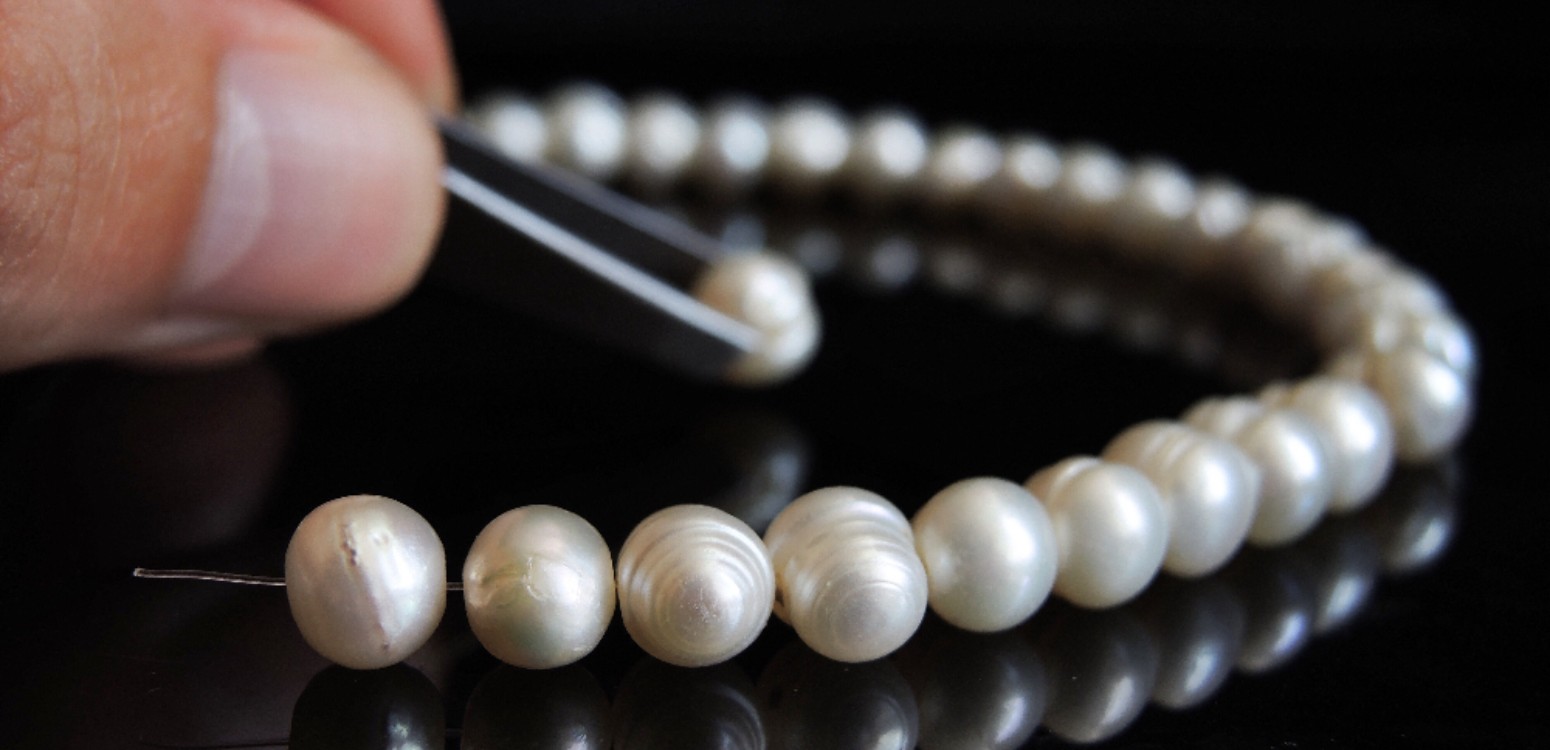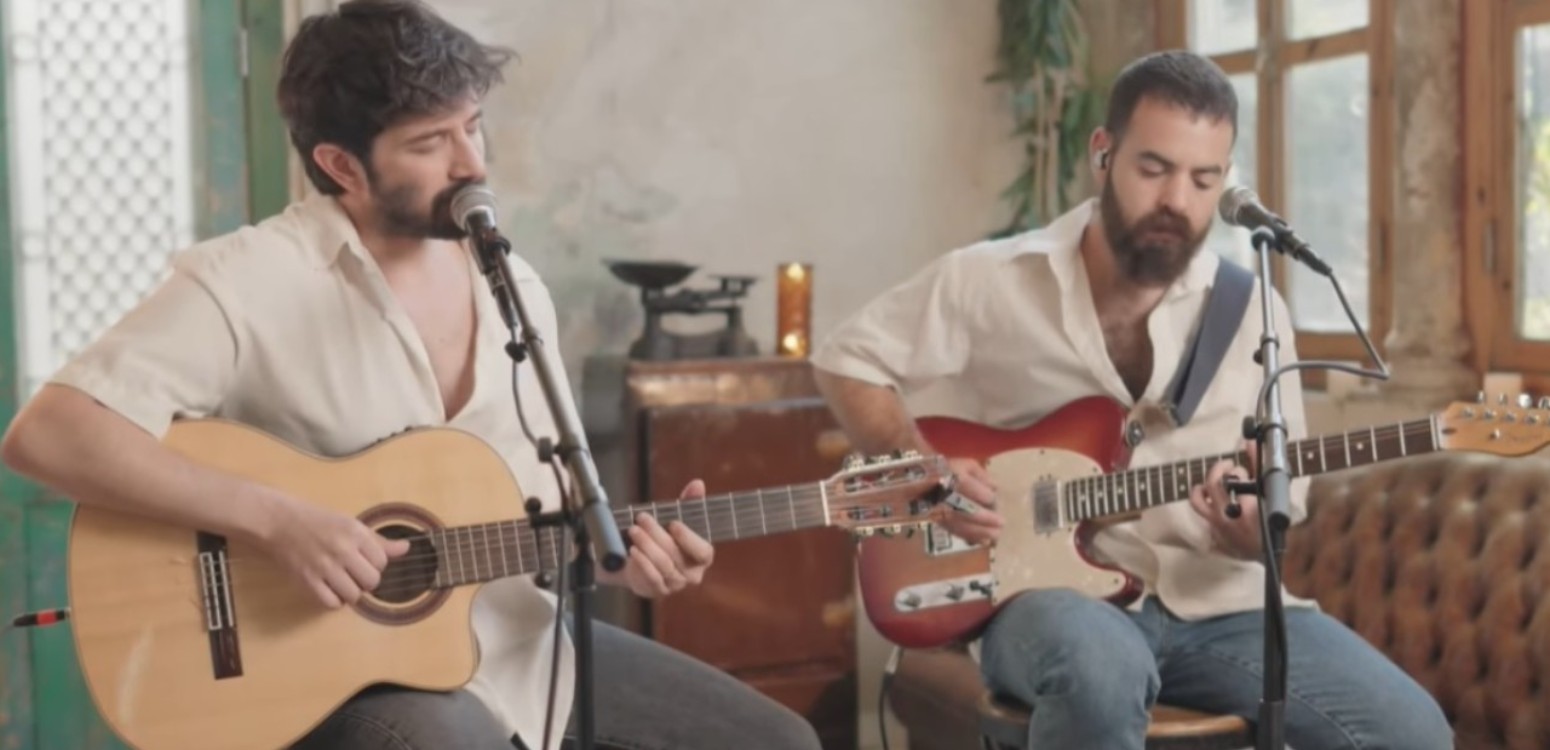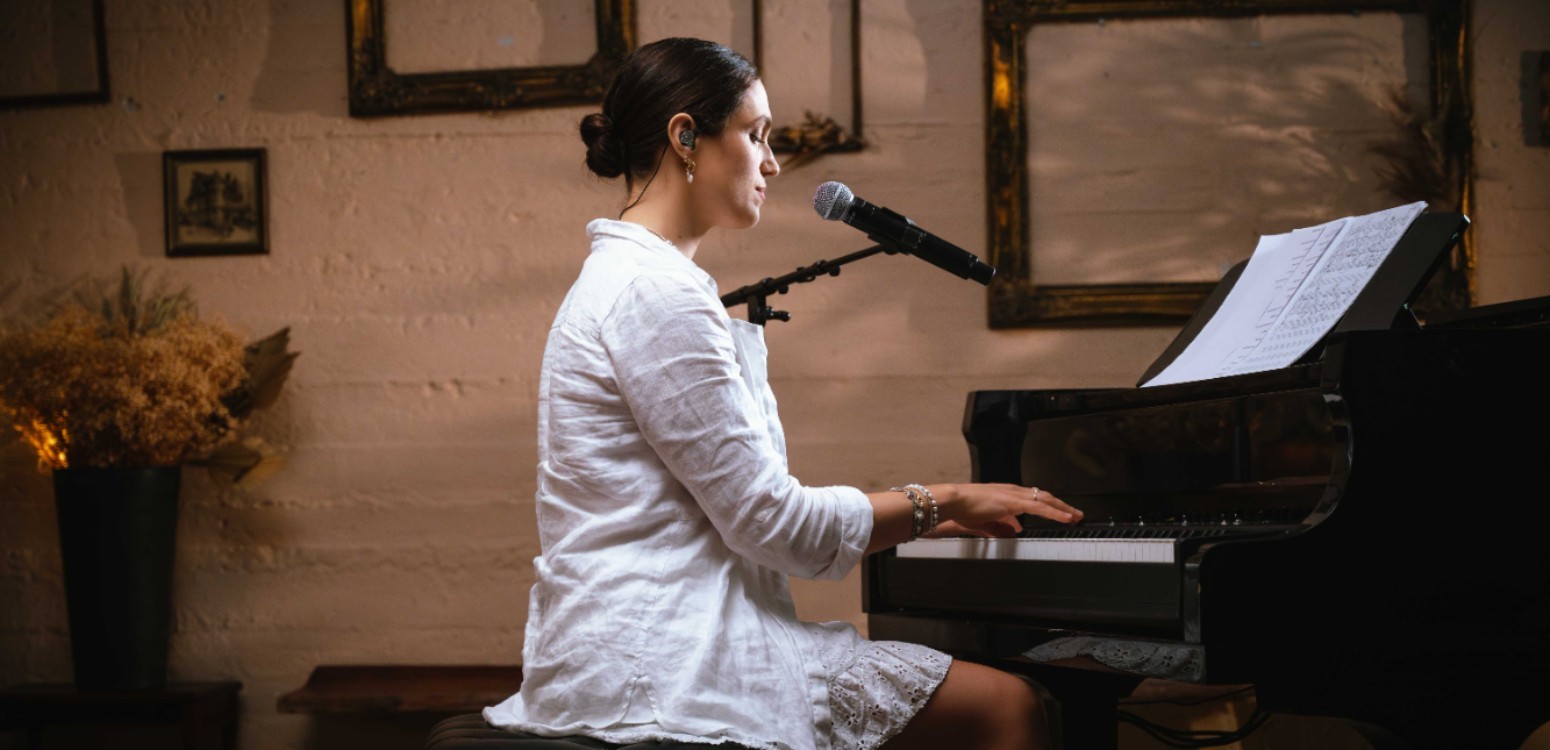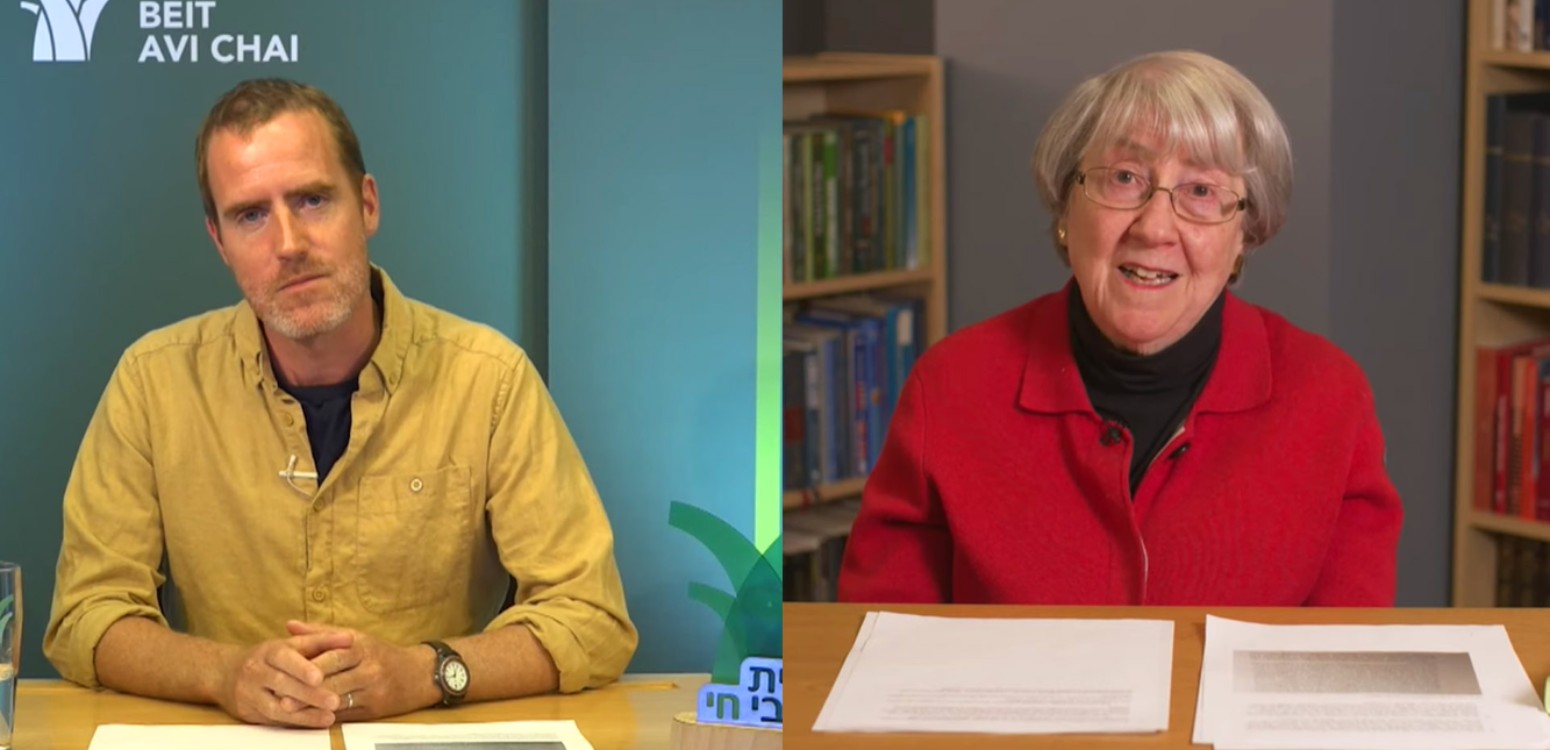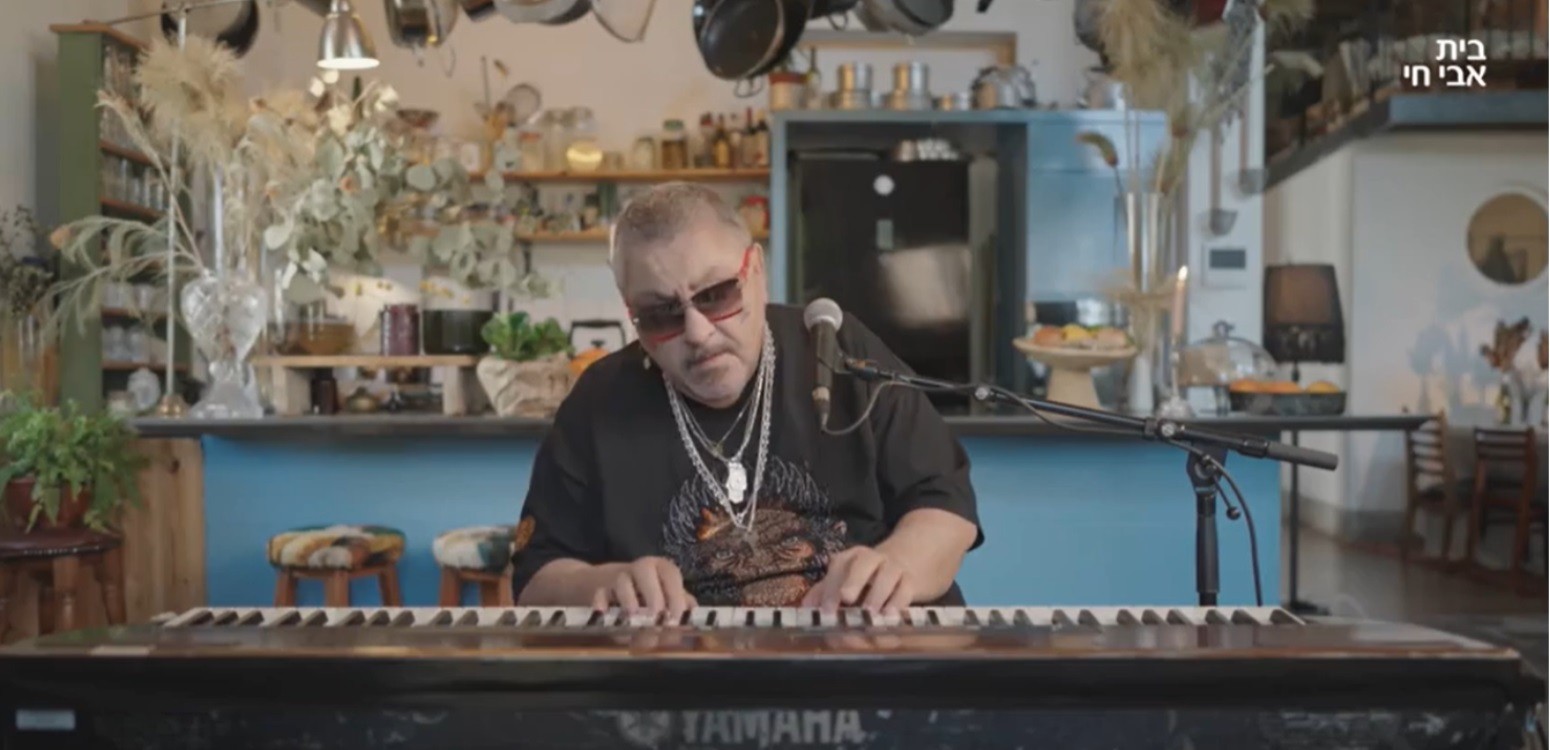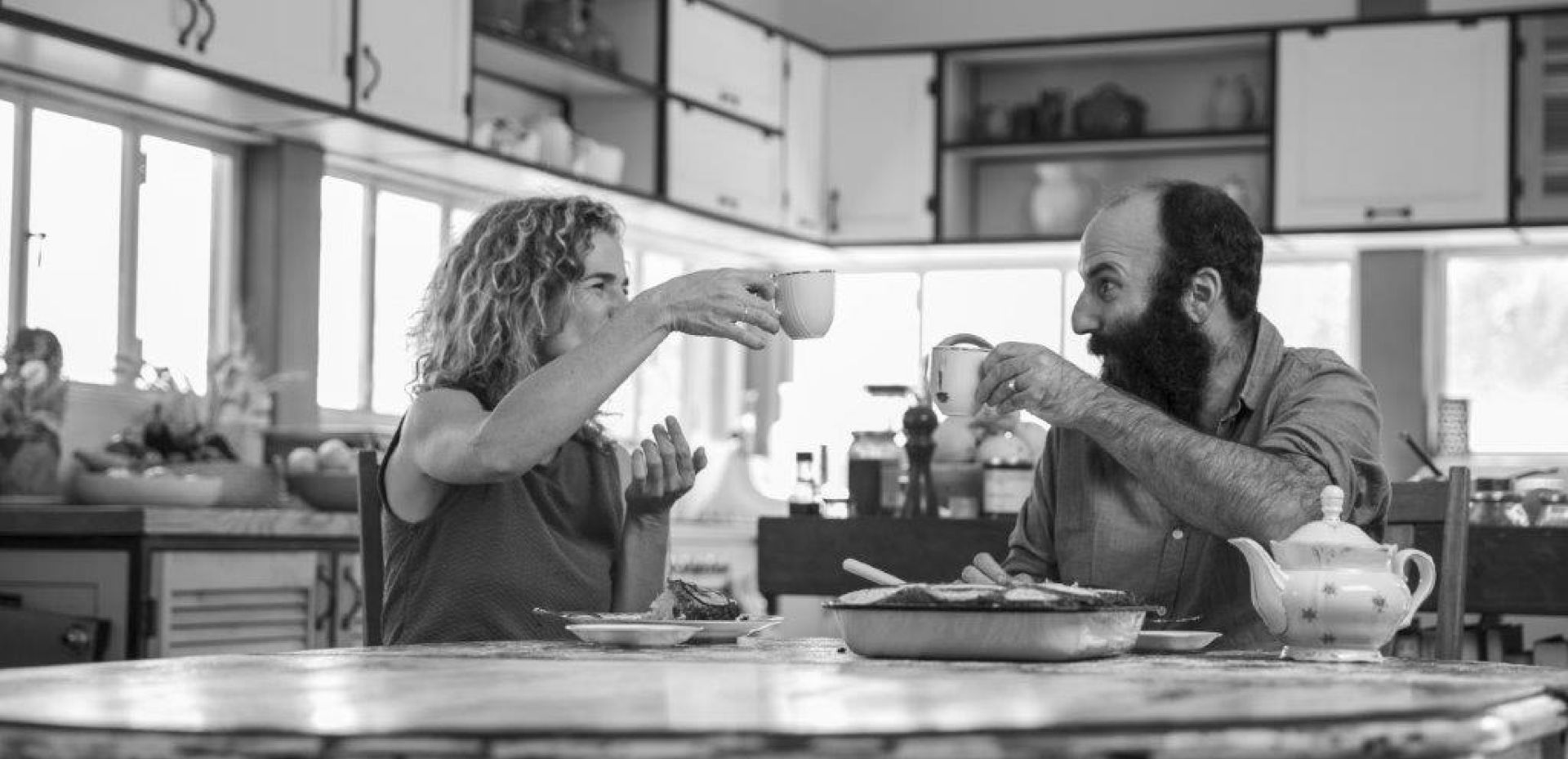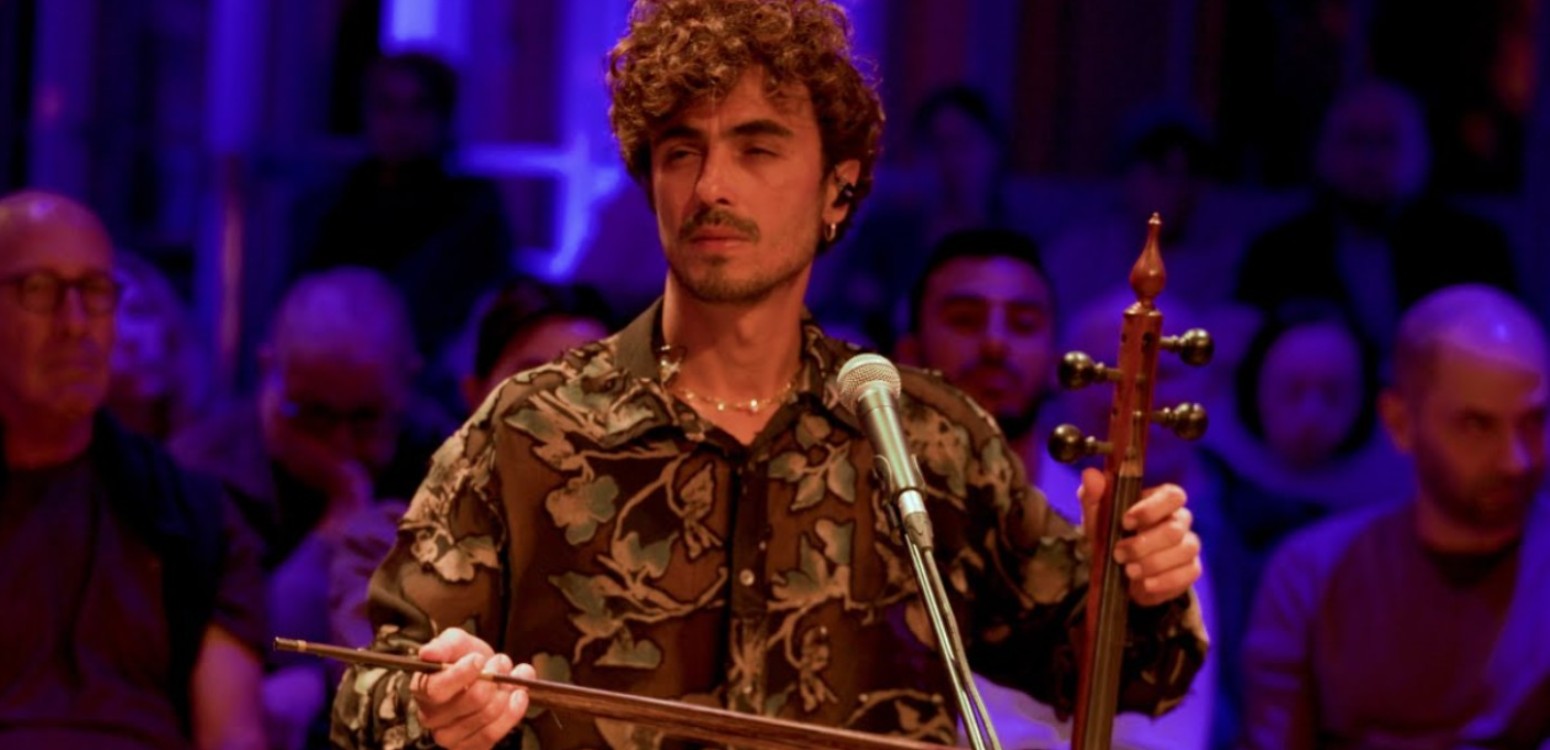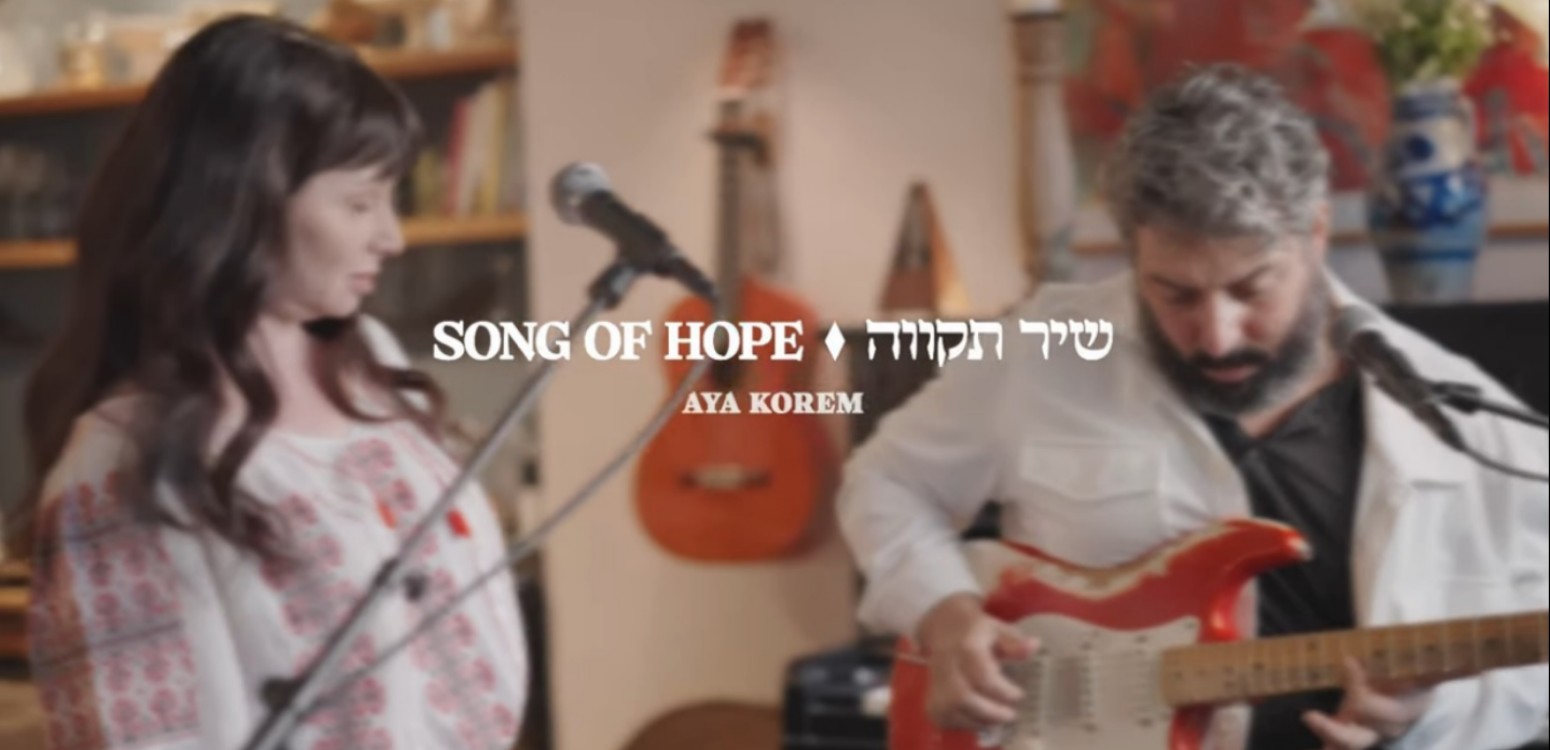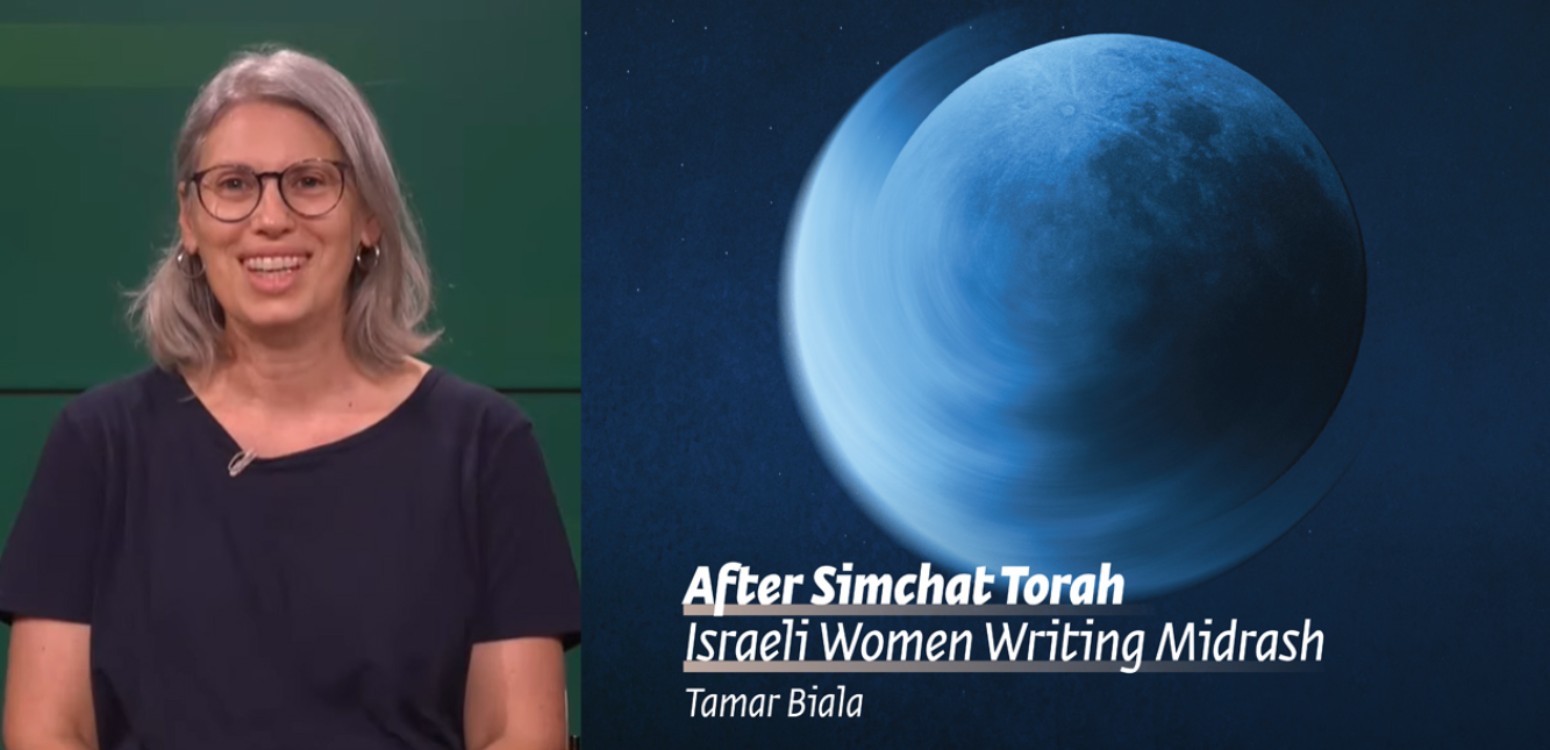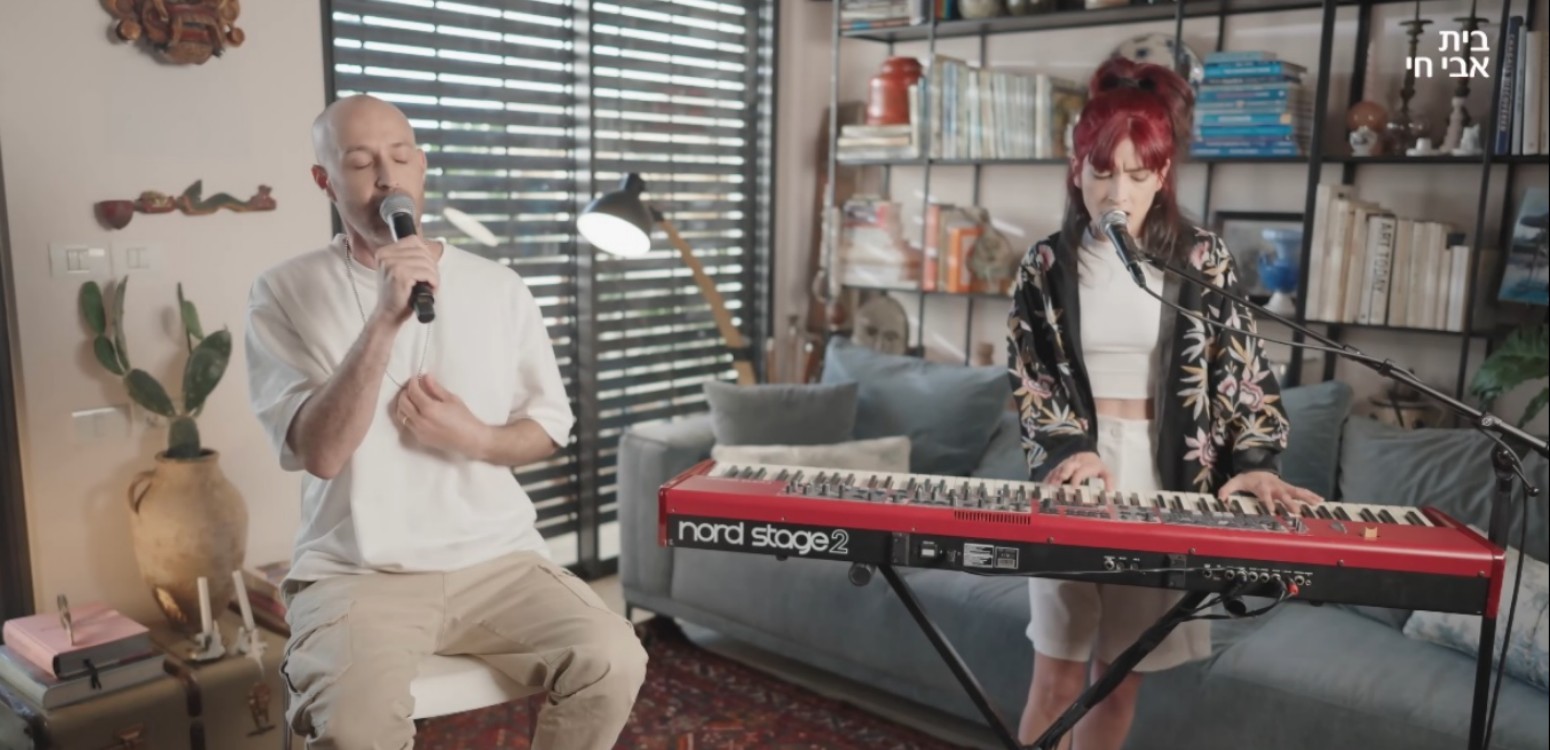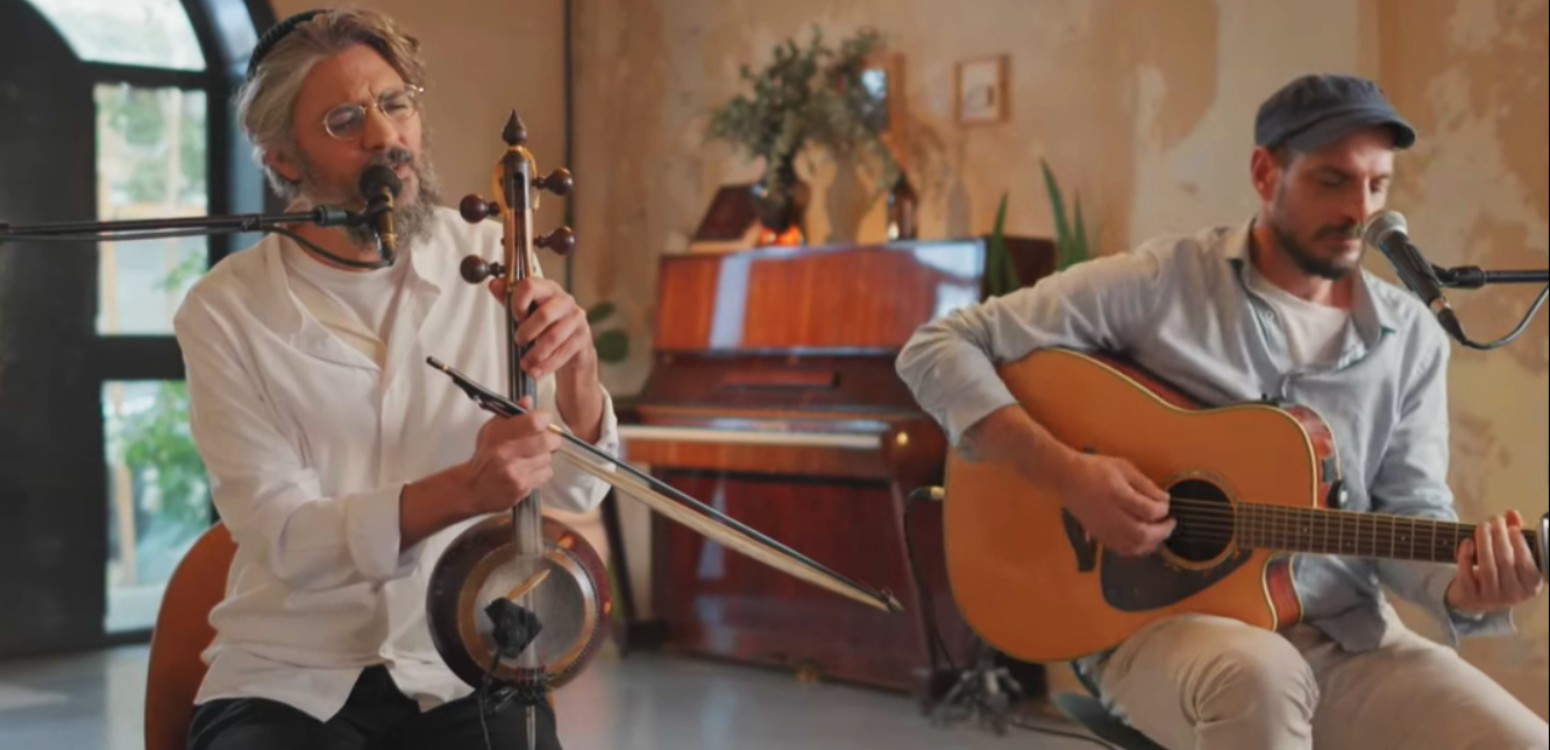
We grew up hearing about Jacob the righteous and Esau the wicked. But the Torah itself tells a different story – one where our ancestors are deeply flawed people. A Los Angeles rabbi working with former addicts and criminals shows why that matters
The Jacob and Esau we learned about as children weren’t quite the brothers described in Genesis. In the midrashim and commentaries, the Sages reshaped them into archetypes: Jacob the righteous, Esau the wicked. But the biblical text itself tells a more complicated story – one where Ishmael isn’t villainous, where Esau may be no less moral than his brother, and where our ancestors emerge as deeply flawed human beings.
Consider how early the rewriting begins. When Rebecca feels the twins struggling in her womb, the midrash explains: “When she would stand adjacent to synagogues and study halls, Jacob would convulse to emerge. […] When she would pass houses of idol worship, Esau would run and convulse to emerge” (Bereshit Rabbah, 63). Never mind that synagogues and study halls didn’t exist yet – the midrash needed Jacob drawn to Torah study even in utero, while Esau reached for idolatry.
From darkness to light
About a decade ago, I visited Beit T’shuvah, a rehabilitation facility in Los Angeles for people recovering from addiction, many coming straight from prison. The founders, Harriet Rossetto and Rabbi Mark Borovitz, have an unusual story.
Mark Borovitz was formerly a criminal addicted to alcohol and drugs. He was imprisoned twice. On one occasion, Harriet Rossetto, who was then a social worker, visited him, and he told her that he was in an internal process of rehabilitation and recovery, that he had begun studying behind bars with a rabbi and that he was developing his spiritual life. Harriet had already heard many such stories that didn’t amount to much, but she believed in him and told him that if he really intended to undergo rehabilitation and get clean, then he should come to her after he was released. And so it was. Mark set off on a moving journey of change and at a certain stage also enrolled in rabbinical studies of the Conservative movement. Harriet established a rehabilitation facility and asked Mark to become her partner in managing it. At a certain stage, he became the head rabbi of the place and also Harriet’s partner in life.
During my visit, Rabbi Borovitz described how new residents typically arrive with devastated self-esteem. They see themselves as irredeemable, beyond forgiveness. So he asks them: Have you ever tried to kill your son? Sent another son and his mother to die of thirst in the desert? Allowed your wife to be raped? Exploited your starving brother? Deceived your dying father and stolen what mattered most to him? Fled from a brother who justly wanted you dead? Sent a man to die in battle so you could sleep with his wife?
The residents stare, confused. Then Borovitz explains: these acts were carried out by the patriarchs – the founders of the holiest nation, the people who revealed monotheism to the world. You’re no less good than Abraham, Jacob, or King David. If you can face yourself honestly, you can still lead yourself and others from darkness to light.
We all have a chance
This was a revelation for me. The Sages tried to give us heroes of light and villains of darkness, but the Torah had a different purpose. It deliberately portrays its central figures as flawed and sinful – not to diminish them, but to reflect something true about being human. Through their failures and shortcomings, we encounter our own. Through their complexity, we learn that imperfection doesn’t disqualify us from meaning or growth.
The pshat – the plain reading – offers something the midrash doesn’t: the possibility that we’re all still in the story, that second chances aren’t exceptions but the rule, that the distance between us and our most revered ancestors might be shorter than we think.
This is the depth of the direct meaning of the Torah – through the flaws and shortcomings of the Torah’s heroes, we encounter our own flaws and shortcomings and those of others, and we learn to accept ourselves and others and to believe that we all still stand a chance.
Lior Tal Sadeh is an educator, writer, and author of “What Is Above, What Is Below” (Carmel, 2022). He hosts the daily “Source of Inspiration” podcast, produced by Beit Avi Chai.
For more insights into Parashat Toldot, listen to “Source of Inspiration”.
Translation of most Hebrew texts sourced from Sefaria.org
Main Photo: Peter Paul Rubens, The Reconciliation of Jacob and Esau, 1624\ Wikipedia
Also at Beit Avi Chai

